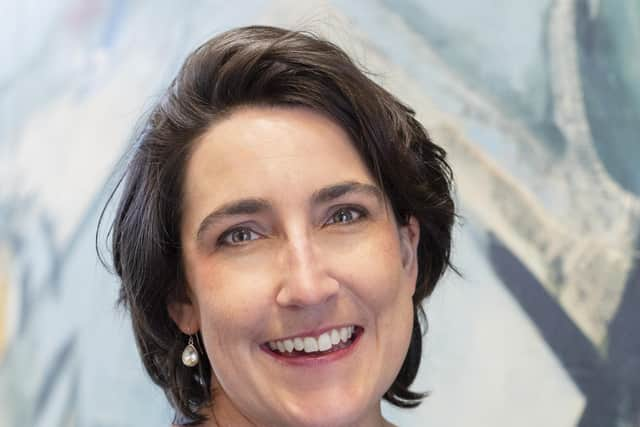Lives in a Sussex Landscape - Chichester and Shoreham talks
and live on Freeview channel 276
Among its tales is an ancient church sheltering a medieval anchorite who chose to be buried alive; the country estate parading a menagerie of exotic animals; the cottage where William Blake received the poetic spirit of Milton; and a safe house harbouring secret agents from wartime French resistance networks.
The book was sparked when critic and cultural historian Alexandra returned to her childhood home county of West Sussex and realised she barely knew the place at all. As she probed beneath the surface, excavating layers of archival records and everyday objects, she brought a lifetime’s reading to bear on the place where she started. As she says, hundreds of unexpected stories and hypnotic voices emerged from the area’s past – from the painter John Constable and the modernist writer Ford Madox Ford to the lost local women who left little trace. She is promising a chance to travel on “visionary journeys through space and time.”
Advertisement
Hide AdAdvertisement
Hide AdThe book release is supported by three events: April 19, Shoreham, 7pm at Ropetackle Arts Centre; April 18, Chichester, an evening at Pallant House Gallery, talk at 6pm followed by drinks and signing; April 16. Steyning, 7.30pn, an evening hosted by Steyning Bookshop at Steyning Methodist Church.


Alexandra explains: “I think I had these two separate worlds in my life, the world of my adult life and reading and the great culture of Oxford and London and so on but also the world of Sussex, of going back and seeing my old friends and feeling profoundly at rest but also intrigued and ignorant of so much that I didn't know in the county.
“I grew up in Storrington and then West Chiltington. I went to St Josephs the convent in Storrington that closed down a long time ago and then I went to university at 18 though I would still come back and waitress in a little restaurant in Coldwaltham in the holidays.
“But then (more recently) I'd be stumbling upon books and leaflets and it was so important for me to start to read about the place that had not been my reading life but which had been my emotional life rather than my intellectual life. And I started looking for information about churches and building stones, and I think I was starting to realise that the people that had written about these places before me actually gives you some kind of distance and you realise that it's something that you have to find out about but I realised that there were so many different kinds of knowledge involved. It began to feel really complicated so I started to collect information and then I thought how do I put together this body of thinking alongside who I am as a literary critic and as an art historian and that's what really made the book. There was also a really important source. My old history teacher was writing a history of the Arun and all her life she had been collecting books on the area. Sadly she had dementia and her daughter, my great friend, gave me the books. I inherited this amazing library of books that had been collected with such incredible care.”
Advertisement
Hide AdAdvertisement
Hide AdThe result – the book – was seven years in the making: “I have made something that I hope is something more than the accumulation of its reporting. I'm still finding the rhythms in it and the mirrorings and the echoings that I didn't realise were there. The book works through imagery and pattern. It is very far from being a book about the artists of Sussex. I wanted to make something that had an inner life and that people would find their own path through it. I realised I was wanting to make the connections.”
And as a result she now views Sussex differently: “There is a sense of suffering and shock and being continuously aware of what happened under my feet and the fact that villages like Sutton and Bignor and Singleton were in the 1820s and 1830s somewhere it was just not possible to survive as a working person, where people were struggling with big families and where people were dreaming of travelling 4,000 miles away to start a new life somewhere else. There's no way when you know these things that you can take for granted that sense of the benign landscape. Sussex makes me feel home. It makes me feel held but it also has failed its people and these people have failed each other. There is not a good quality of transport there and the infrastructure is very, very lacking and there is still a tremendous disparity. And I think that makes us conscious that an inclusive society has to be worked for.”